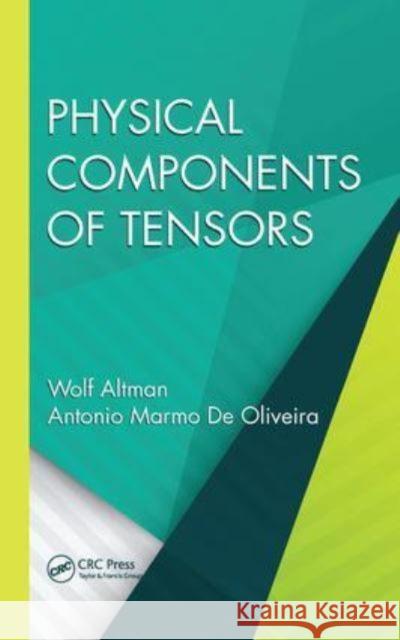Physical Components of Tensors » książka
Physical Components of Tensors
ISBN-13: 9781138826427 / Angielski / Miękka / 2024 / 200 str.
Physical Components of Tensors
ISBN-13: 9781138826427 / Angielski / Miękka / 2024 / 200 str.
(netto: 284,78 VAT: 5%)
Rabat: -5%
Najniższa cena z 30 dni: 306,98 zł
10-12-2024
Darmowa dostawa!
Illustrating the important aspects of tensor calculus, and highlighting its most practical features, Physical Components of Tensors presents an authoritative and complete explanation of tensor calculus that is based on transformations of bases of vector spaces rather than on transformations of coordinates. Written with graduate students, professors, and researchers in the areas of elasticity and shell theories in mind, this text focuses on the physical and nonholonomic components of tensors and applies them to the theories. It establishes a theory of physical and anholonomic components of tensors and applies the theory of dimensional analysis to tensors and (anholonomic) connections. This theory shows the relationship and compatibility among several existing definitions of physical components of tensors when referred to nonorthogonal coordinates. The book assumes a basic knowledge of linear algebra and elementary calculus, but revisits these subjects and introduces the mathematical backgrounds for the theory in the first three chapters. In addition, all field equations are also given in physical components as well. Comprised of five chapters, this noteworthy text: Deals with the basic concepts of linear algebra, introducing the vector spaces and the further structures imposed on them by the notions of inner products, norms, and metrics Focuses on the main algebraic operations for vectors and tensors and also on the notions of duality, tensor products, and component representation of tensors Presents the classical tensor calculus that functions as the advanced prerequisite for the development of subsequent chapters Provides the theory of physical and anholonomic components of tensors by associating them to the spaces of linear transformations and of tensor products and advances two applications of this theory Physical Components of Tensors contains a comprehensive account of tensor calculus, and is an essential reference for graduate students or engineers concerned with solid and structural mechanics.











